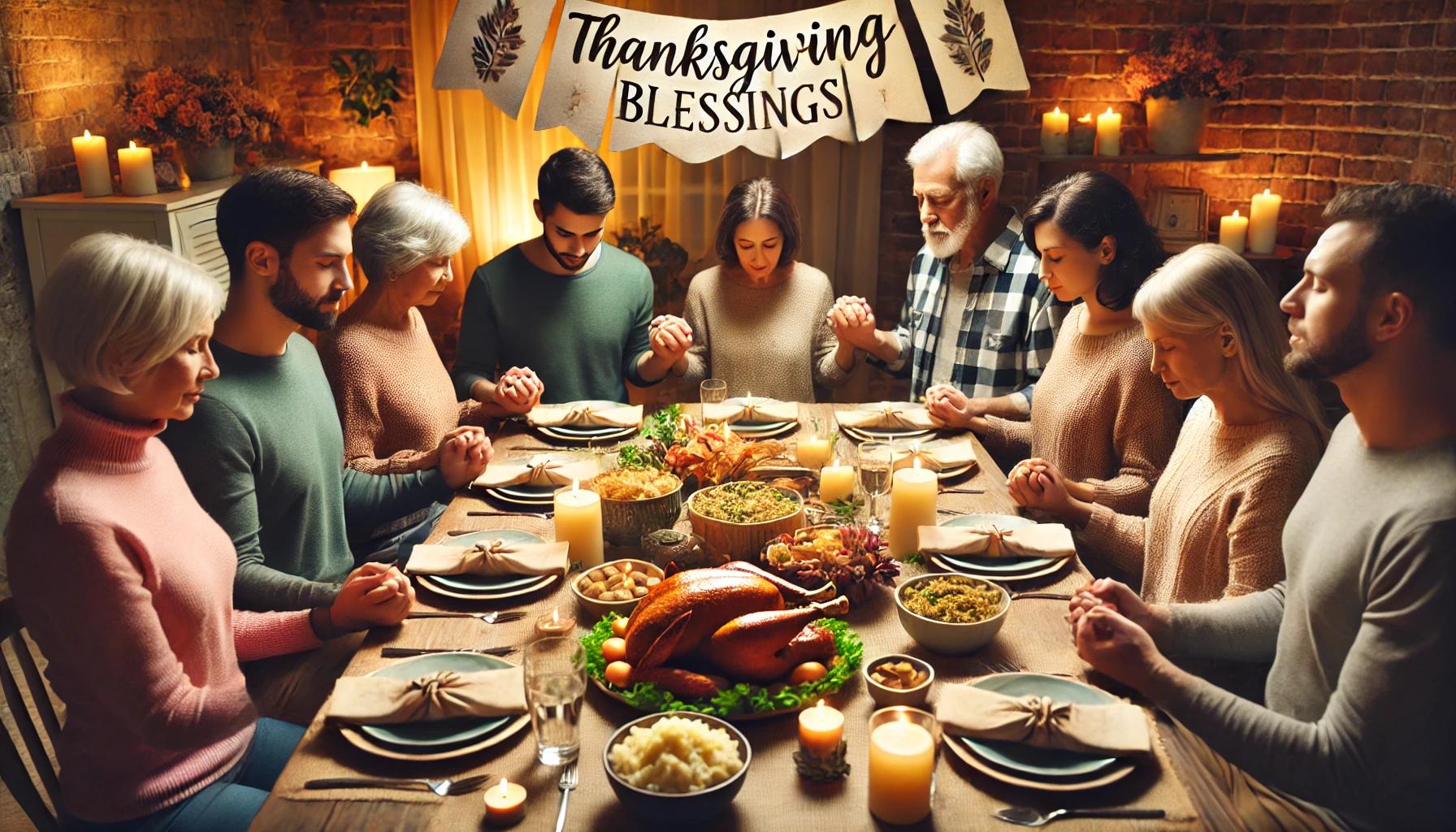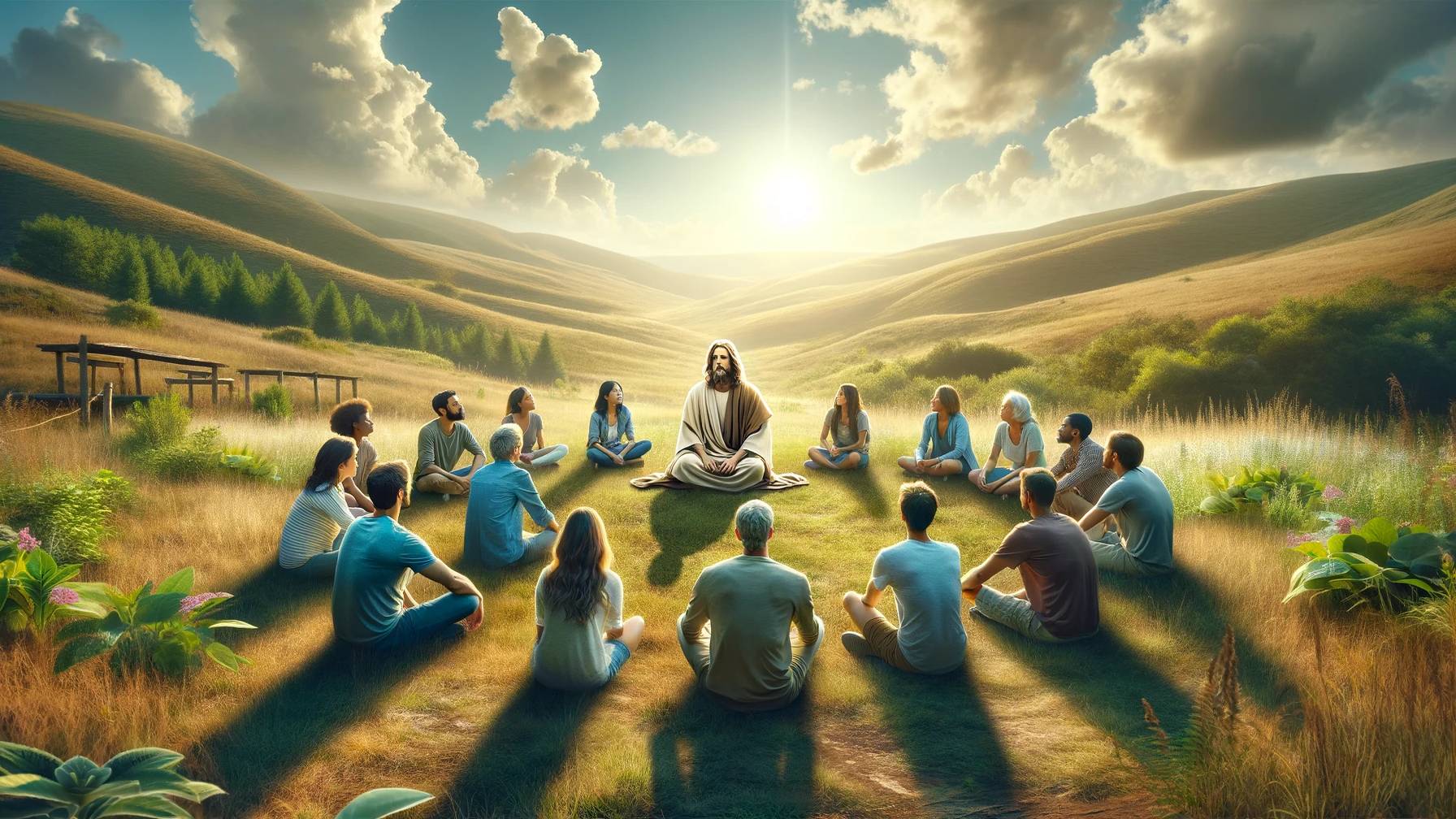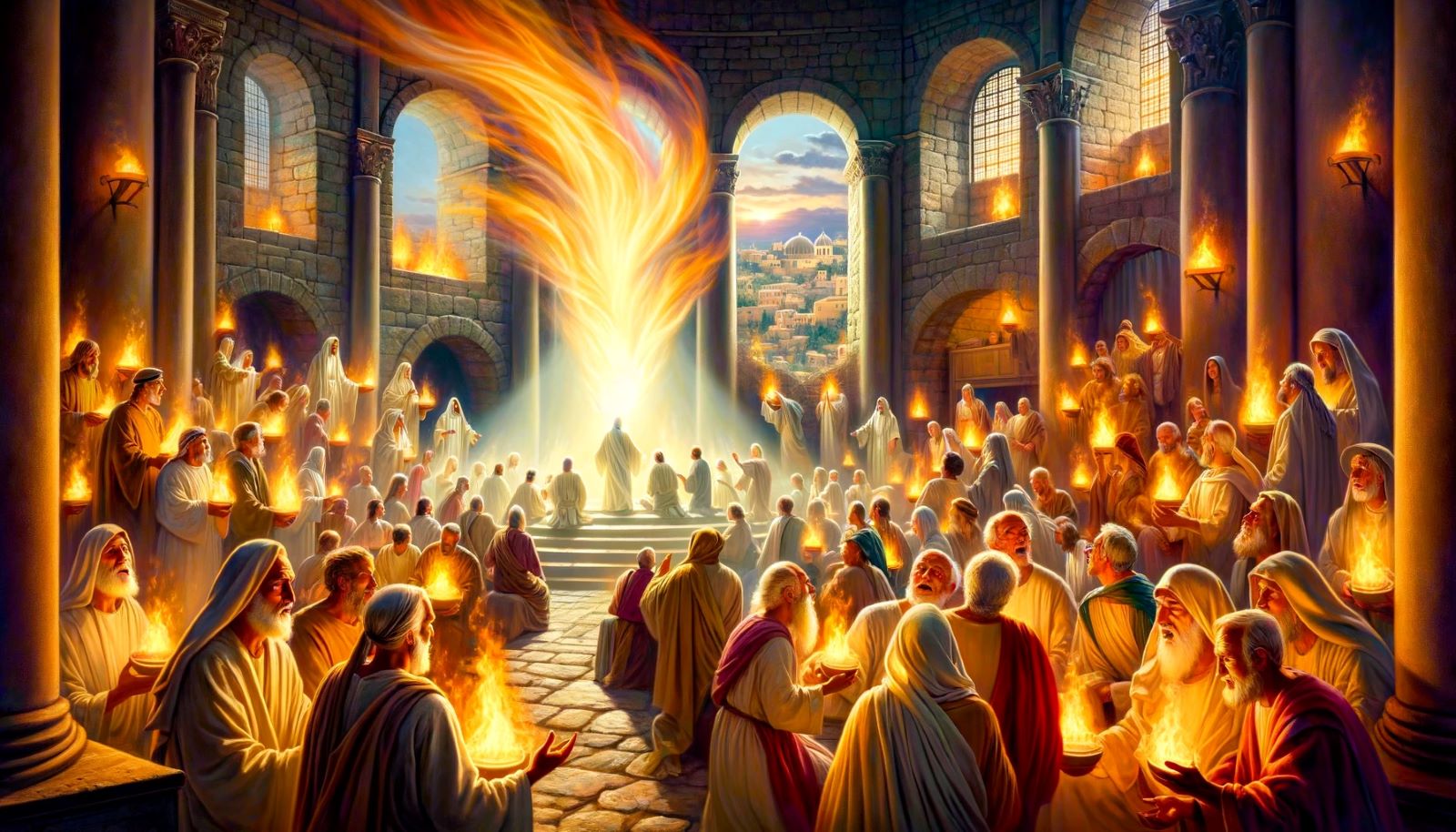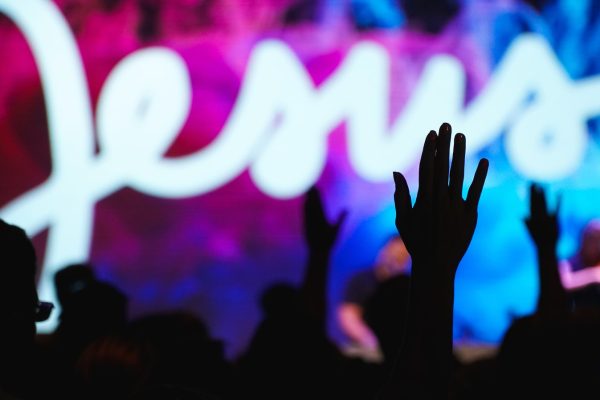Home>Christian Resources>Thanksgiving Background And It’s True History
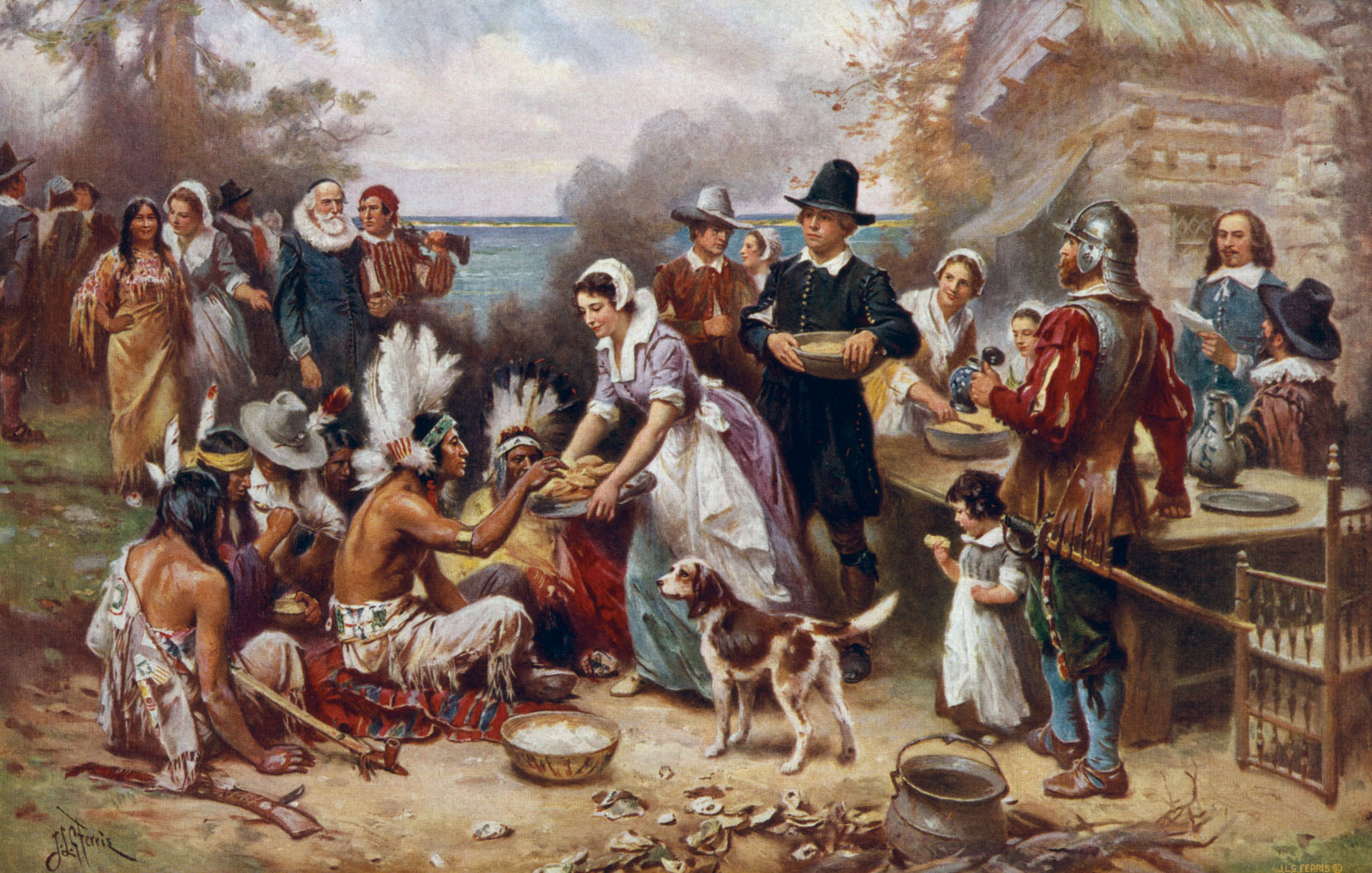
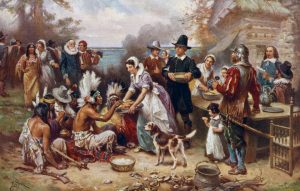
Christian Resources
Thanksgiving Background And It’s True History
Modified: January 9, 2024
Ericka Andersen, an editor at Christian.net, expertly merges digital strategy with content creation, focusing on faith and societal issues. Her communication skills enhance the platform's engaging narratives, fostering meaningful dialogue on belief's impact on society.
Know the Thanksgiving background of Christianity & find out what really happened. Celebrate Thanksgivng Day together & know it's meaning.
(Many of the links in this article redirect to a specific reviewed product. Your purchase of these products through affiliate links helps to generate commission for Christian.net, at no extra cost. Learn more)
Turkey, mashed potatoes, gravy, stuffing, cornbread, pumpkin pie, and a bucket full of smiles, cheering “Happy Thanksgiving!” is always a warm sight and sound. For years, Americans have been celebrating the wonderful season of Thanksgiving with their families and friends. This celebration is highly symbolistic for it is a day of remembrance and is a large part of American history. It is also the perfect time to remember the rich history of Thanksgiving and why we as Americans celebrate this special day. Additionally, this day is also celebrated as a commemoration to thank God for harvest, wealth, and food. Our Thanksgiving background, historically, is a celebration created due to the success of the English settlers’ or Pilgrims’ first corn harvest and their alliance with the Native Americans.
For other cultures, they take Thanksgiving as an opportunity to thank God for the rain amidst a season of drought. But, how about the Thanksgiving background? what do we know about it?. And of course, how and why do we celebrate it?
Thanksgiving Background: The Official Holiday
If we base it on who began the American Thanksgiving tradition, it was George Washington who first issued the Thanksgiving proclamation on October 3, 1789. He designated the last or fourth Thursday of November as “a day of public Thanksgiving”. This was on the 26th day of November in 1789 (which was a Thursday). People adapted to this date and began celebrating accordingly.
But, this did not flourish over time. The presidents who came after George Washington failed to maintain this tradition. However, when Abraham Lincoln became America’s 19th President, the Thanksgiving Proclamation of 1863 came into the picture again in the midst of the American Civil War. George Washington’s original proclamation served as the basis of Lincoln’s which was also issued on the same day (October 3). The tradition of keeping the last Thursday of November for Thanksgiving was then carried out. This time, the proclamation was printed in newspapers.
The credit goes to Washington and Lincoln for making Thanksgiving known and official in the country. However, the original Thanksgiving background does not begin with these two presidents. Instead, it began with the English colonizers; the relationship between the Pilgrims and Native Americans. Let’s travel together into the past, specifically to the year 1621.
Thanksgiving Background: The Beginning
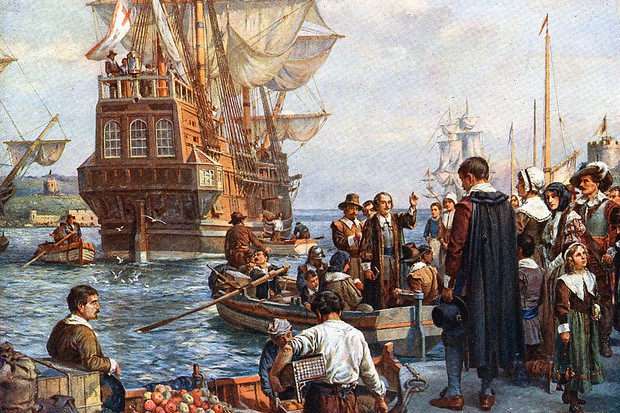
A small ship known as the “Mayflower” carrying 102 passengers left Plymouth, England in September of 1620. The reason behind them leaving was to fulfill their desire to seek a new beginning – new land where they can freely practice their faith. With an approximation of a hundred people, the majority of these people were seeking religious freedom from the Church of England while others were under the persuasion of prosperity and land ownership. in what was known as the “New World”. The “New World” pertains to the opening of trade routes and opportunities to the countries of Europe. Additionally, in order to establish themselves as a legitimate colony in the “New World”, passengers on the Mayflower drafted and signed a document they called the Mayflower Compact promising to create a democracy governed by elected officials; a beginning for future colonists seeking independence from the British.
After a troublesome venture lasting 66 days, the ship lands on the shores of Cape Cod (now known as Massachusetts). Then, a scouting party moves. That December, the group lands at Plymouth Harbor. This is where the formation of the first Europeans settled in New England. Serving again as a background, “New England” is now known as the northern area (Maine, New Hampshire, Vermont, Massachusetts, Rhode Island, and Connecticut). Currently, the name that is for the settlers of the Plymouth Colony today is “Pilgrims”.
The Return of Squanto
Interestingly, the original Thanksgiving background is far from being problem-free. Its history has more than just the big meal depicted in books and movies today. In fact, it leans more towards death and conflicts. Many colonists remained on the ship because of the brutal Winter season at the time of their arrival. This then led to only half of the Mayflower’s passengers surviving through the season of Spring because of a contagious disease. However, in March, the settlers, known as pilgrims, began moving ashore where they met an Abenaki Native American, Samoset, who was able to greet them in English.
A few days passed, and Samoset then returned with another Native American known as Squanto, a member of the Paxtuxet tribe who plays a crucial part in our Thanksgiving background. Squanto was kidnapped by English sea captain Christopher Newport during the exploration of John Smith. Sold into slavery, Squanto later successfully escaped to London. Years later, he succeeds in returning to his homeland on an exploratory expedition only to find that his tribe had died of a plague.
Squanto then served as an interpreter and guide for the settlers. He began teaching them how to cultivate corn, catch fish, and which plants to avoid. Considering how the Pilgrims were malnourished, Squanto’s presence is essential to their survival. Aside from this, he plays an important part in forging an alliance with the Wampanoag Tribe. This historic story remains as one of the historical depictions of a harmonious and well-led alliance of the United States.
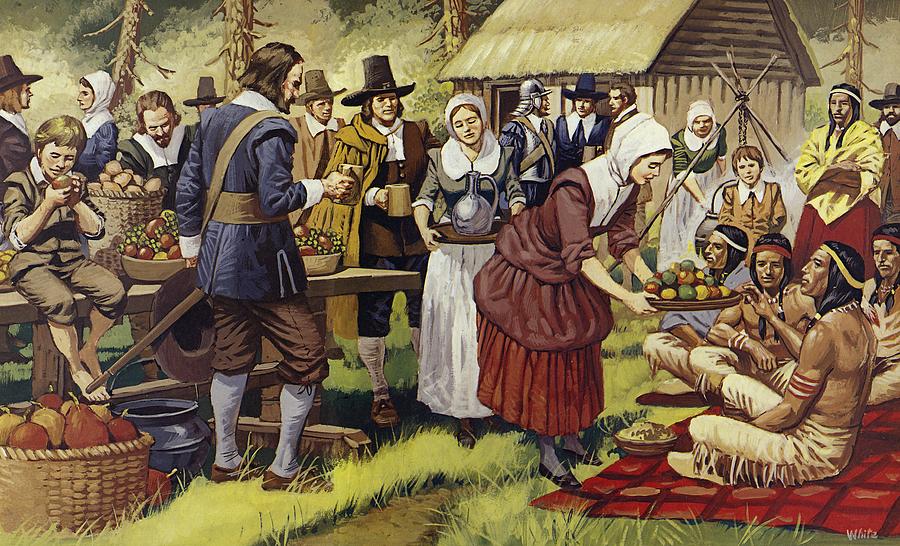
The First Thanksgiving
The mainstream depiction of the Thanksgiving holiday usually involves a feast without considering the original Thanksgiving background and its traditions. In November 1621, the first corn harvest by the Pilgrims’ claims its success. Again, this means a lot considering the scarcity of food and their previous experiences. So, Governor William Bradford initiated a celebratory feast, inviting a group of the colony’s Native American allies. The Wampanoag chief was also included in the said event. This celebration lasted for three whole days! From here, we now remember this as American history’s “first Thanksgiving”. But, what took place and what do we know about this event?
Thanks to Pilgrim chronicler Edward Winslow, we get a written record of the celebration. Plymouth’s Thanksgiving began with colonists “fowling”. This is an activity done by hunting, shooting, or trapping an animal. According to written data, the colonists or pilgrims hunted for turkeys which explains today’s must-have menu for Thanksgiving. However, experts also suggest that they must have also gone for easier prey such as geese and ducks.
After this celebration, about ninety Wampanoag men appeared at the settlement’s gate. Unlike what many would think, this did not spark a conflict. Instead, these men offered venison to the feast. Winslow’s log describes how these men went to kill five deers, which explains the additional course in their plates. Fish, eels, stews, and vegetables are also on a traditional Thanksgiving menu. This rather lavish celebration filled with food, guns, races, and liquor sealed the two groups’ relationship until King Philip’s War.
King Philip’s War
To serve additional information about the Thanksgiving background, King Philip’s War is one of the bloodiest conflicts in American history. Also known as the Great Narragansett War (1675-1676), this event was between Native Americans in opposition to the English settlers and their allies. Put simply, the cause of this was the colonists’ desire for more land. The war resulted in the death of 2,500 colonists, 12 destroyed English towns, and the death of at least twice as many Native Americans. The war came to an end when Philip, the chief of the Wampanoag tribe died as a result of an assassination by a Native American standing by the English colonists.
The Spread of the Thanksgiving Tradition
After many years, the growth of our Thanksgiving background once again entered into another phase. At that time, the New England colonists insisted on celebrating “Thanksgivings” to offer gratitude to God for blessings. These “thanksgivings” were offerings to signify an end of a drought or a military triumph. Again, it was not until President George Washington’s effort that Thanksgiving would be an official annual holiday for the entire country.
In connection to an annual national holiday, not everyone was pleased with the idea of celebrating Thanksgiving. As a matter of fact, many began expressing how there should not be any involvement or connection between the national government and religious observances. Many colonists, especially the Southerners, took offense over the holiday, labeling it as propaganda for partisan speeches and parades. So, after 1798, U.S Congress decided to leave Thanksgiving declarations to the individual States in order to avoid further conflicts.
The Influence of Sarah Josepha Hale
When we think of the people behind Thanksgiving, it seems easier to remember presidents Washington and Lincoln. But, do you know the story behind the “Mother of Thanksgiving”? As previously stated, the Southerners did not like the ideologies and culture that the New England colonists imposed. So, it took them a while to adapt to their dilemma until Sarah Josepha Hale came into the picture. Thanksgiving Day could not spread nationally until the Northerners took dominion over the federal government.
So, what did Sarah Josepha Hale do? First of all, she is the author of the famous nursery rhyme “Mary Had a Little Lamb”; one of many famous works she has done. Also, she is a notable magazine editor and writer of Godey’s Lady’s Book. Mainly, she commits her time and craft to write and campaign for a national Thanksgiving Day. For her, this would promote the country’s unity amidst the many crises that America was already experiencing at the time. After 36 years of sending different letters to multiple politicians, President Abraham Lincoln finally heeded her request in 1863.
Thanksgiving Background: The Agreed Date
But, what convinced Abraham Lincoln? It was all about timing. See, America was under the boiling point of the Civil War. To succor and support the people, President Lincoln made a proclamation asking God for His tender care and His mercy to heal the wounds of the nation. Just as George Washington’s original proclamation, the schedule remains on the final Thursday in November.
Actually, the schedule for Thanksgiving Day was tested by 32nd President, Franklin D. Roosevelt in 1939. During this era, the country was in the middle of the infamous Great Depression. In an effort to incite retail sales, he rescheduled the holiday. This plan is also known as “Franksgiving” which became the subject of mass opposition. So, immediately in the year 1941, the President then agreed to make the annual holiday fall on the fourth Thursday in November.
Thanksgiving Today As Christians

Now that we’ve covered America’s Thanksgiving background explaining its histories and challenges, what should we watch out for as Christians? Just like any other holiday, we should be very careful as to how and why we celebrate events in the first place. For instance, Halloween may not seem harmful at first. However, if we consider its pagan roots, celebrating it as a Christian breed a rather different meaning. So, it really depends on how you view the holiday. Here’s what we should and should not do as firm believers of God.
-
Thanksgiving is a “holiday”.
As Christians, we should remember that Thanksgiving is a “holiday”. What makes a “holiday” different from a party? To begin, the word “holiday” comes from the Old English word “hāligdæg” which means “holy day”. This word is made for religious purposes and not for lavish celebrations. Therefore, we should still limit our actions and choices pursuant to God’s standards of righteousness (2 Timothy 2:22). There is nothing wrong with celebrating Thanksgiving as long as we know its real intention which is to praise and give thanks to God just as the settlers did.
-
Respect the history but, honor only God.
Knowing the history of how Thanksgiving came to be is very important. This is also an act that expresses our respect for the earlier times. But, there is a thin line that separates celebrating for God and forgetting that the celebration is about Him. As Christians, we thank God and ask Him to show mercy to all lives, past, and present. We can also use this as the moment to thank Him for how far the country has progressed amidst the numerous crises it has undergone. However, it should not reach a point wherein we are honoring the people and not the Creator. Humans as we are, we tend to overlook these things when we celebrate events.
-
Thanksgiving should not be lavish.
The media portrays Thanksgiving differently. Instead of seeing it as a meaningful moment that we share with the people we love, it’s being redefined by societal pressure. Thanksgiving is not about how many turkeys we can cook or how many plates we bring out before our tables. It’s not even about the football game or the special television programs on TV. Instead, it is like a “pause” from the world to take the time and thank God with our loved ones.
During the holidays, take a look at shelters for the homeless. Many have nothing and minimal possessions, but they are still thankful for donations, people who volunteer time and effort to help them during difficult times. Think about it, we can always cook a turkey or watch a football game even if it’s not Thanksgiving. So, celebrating it without the actual “giving of thanks” loses its purpose.
-
Thanksgiving is a time for prayer.
If the purpose of this holiday is to “give thanks”, then, it is done through prayer. Praying is the only way in which we can talk to God and express how thankful we are. It is a personal celebration that connects us with God. In opposition to what today’s content tells us, Thanksgiving without prayer is just another event with extra food and history. We should pray for our families, friends, and those who are less fortunate than we are. Ever since the concept of Thanksgiving was made, it was never intended to be done without gratitude to God. So, wouldn’t it be odd to celebrate an event without knowing about or doing the actual celebration?
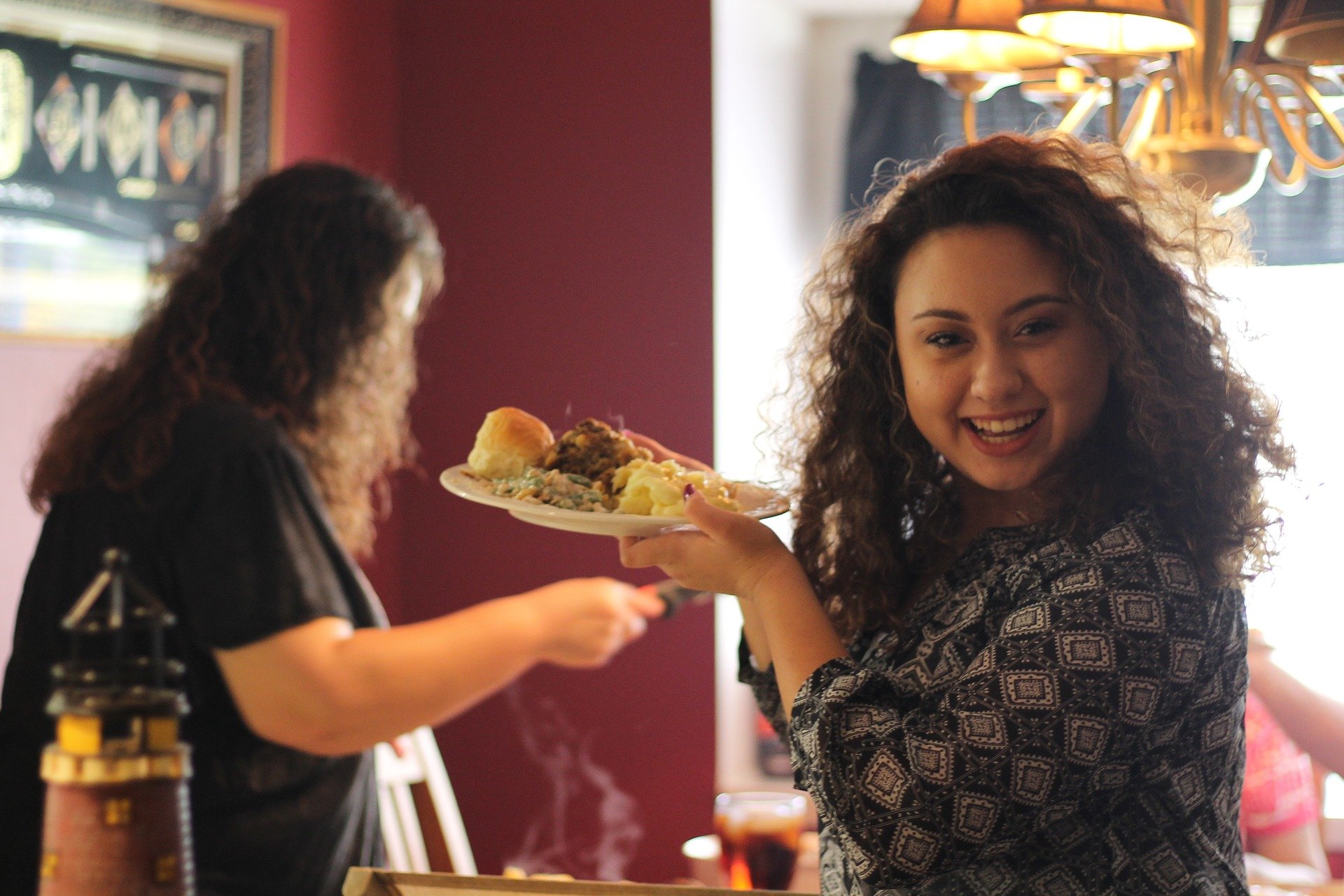
Here’s the thing, there’s nothing wrong with feasting or celebrating. Just like anything, we just need to do it in moderation and with the same flow as God. Our intention is very important, we need to delight in the Lord more than we delight in other things or people during Thanksgiving. Without God, there would be no Thanksgiving Day. The British colonizers may not have made it to the “New World”, and would never have met friendly Native Americans. Thanksgiving Day would then not exist.
The world gives us vague and misleading instructions about this holiday. “Just be thankful today”. But, for who and for what? Knowing the Thanksgiving background, here’s what we should remember-Thanksgiving is the time to pray to God and not to honor or praise people. We can thank the people by praising God but we can never thank God by praising people.
